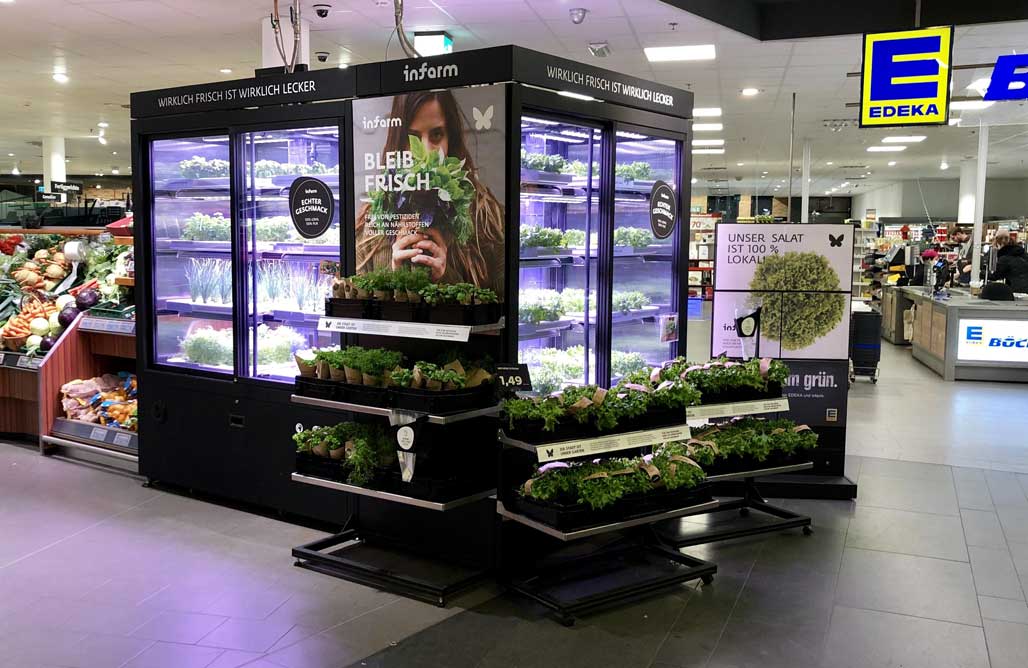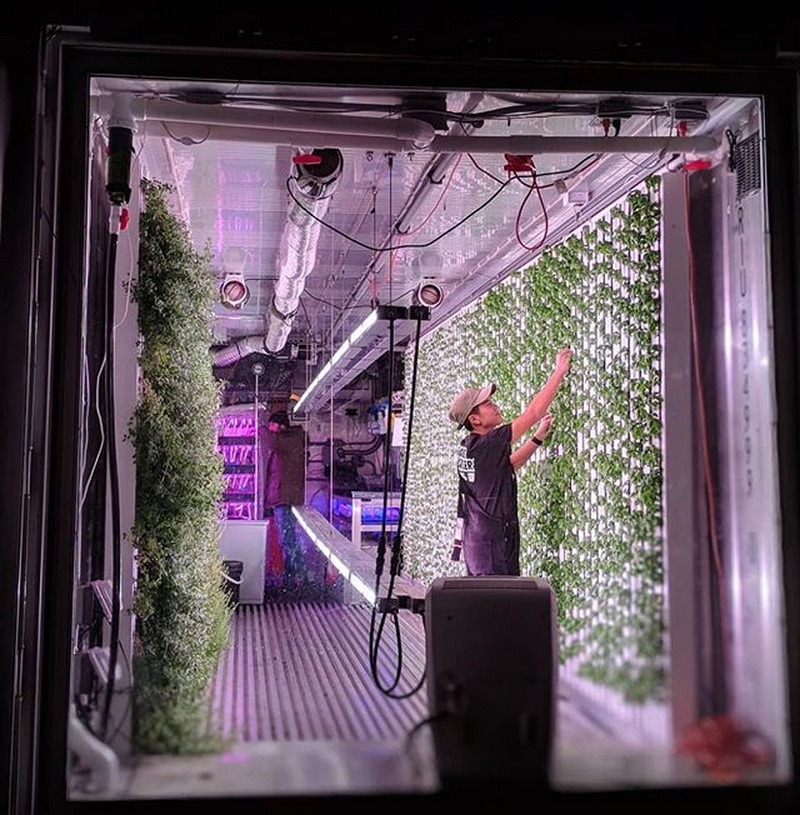Why should IoT be applied in agriculture?

What is smart agriculture?
Smart agriculture is a broad term that refers to food and agricultural production activities which apply 4.0 technology, including: IoT, Big Data and advanced analytical technology.
The most important application in smart agriculture is Data Analysis, Visualization and Systematized Management. Analysis of sensor data will promote transparency in agricultural processes, as farmers gain valuable insights about the performance of fields, greenhouses, etc. Not only that, farmers can also consult the advice of the AI system, built on the knowledge base of scientists in the intelligent agricultural model.
Other popular IoT applications in smart agriculture include:
- Sensor-based systems to monitor crops, soil, fields, livestock, storage, or other important factors affecting production.
- Smart agricultural vehicles, unmanned aircraft, automatic robots and actuators.
- Chain agricultural production space such as smart greenhouses or hydroponics.
Benefits of using IoT in agriculture
IoT applications in agriculture promise previously unavailable efficiencies, reducing resources consumption and costs, automation based on data analysis, and process optimization. Especially, it will bring landmark solutions, solving urgent problems related to the survival and development of humankind.

- Outstanding performance: Today, the agricultural sector is a race. Farmers are forced to grow more crops while the quality of the land get worse, the area has been decreased and the weather fluctuations become more and more complicated. IoT in agriculture will allow farmers to track their products and conditions in real time. They get detailed insights quickly, can predict problems before they occur, and make decisions about how to prevent them. In addition, IoT solutions in agriculture allow automated production processes, for example, irrigation, demand-based fertilization and automated harvesting robots.
- Agricultural coverage: By the time the world population reaches 9 billion, 70% of them will live in urban areas. The greenhouse and the IoT-based hydroponic system located in the heart of the city will be the lifeline to provide food sources such as fresh fruits and vegetables for urban citizens. It allows people to basically grow food everywhere, in supermarkets, on skyscrapers, walls and roofs, in shipping containers and, of course, in their own families.
- Reduce resources consumption: Many IoT solutions in agriculture are focused on optimizing the use of resources, such as: Water, energy, land. Accurate farming using IoT based on data collected from different sensors will help farmers correctly allocate just enough of the resources needed for agricultural growth and development.
- Cleaner process: IoT-based systems for precise farming help producers save water and energy, not only making agriculture claener, but also greatly reducing the use of pesticides and fertilizers. This approach allows for a cleaner and more organic end products than traditional agricultural methods.
- Fast: One of the benefits of using IoT in agriculture is improving the speed of processes. Thanks to the real-time prediction and monitoring system, farmers can quickly respond to any significant changes in weather, humidity, air quality, and the health of each crop or soil in the field. In particular, under erratic or severe weather conditions, the application of IoT in agriculture will be able to help modern farmers saving crops.
- Improving the quality of agricultural products: Agriculture based on technology will produce better products. By using soil and crop sensors, aerial drone monitoring and farm mapping, farmers can better understand the detailed dependencies between conditions and quality of the crop. Using connected systems, they can recreate the best conditions and increase the nutritional value of the product.

Conclusion
Markets will form and collapse, disruptive business models will emerge or regress, but human food needs will never decrease. For this reason, the development of areas such as food and agriculture will always be focused on, especially with the directions we observe in the world today. Therefore, IoT application in agriculture promises a bright future
 Vietnamese
Vietnamese 